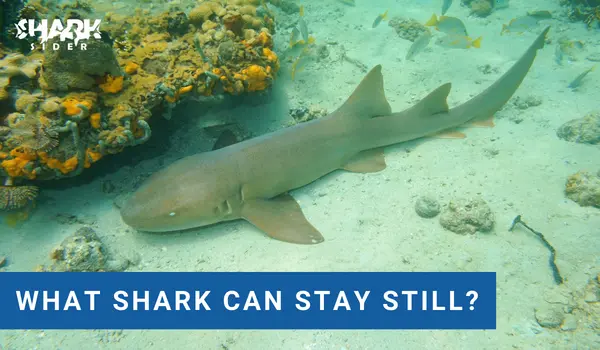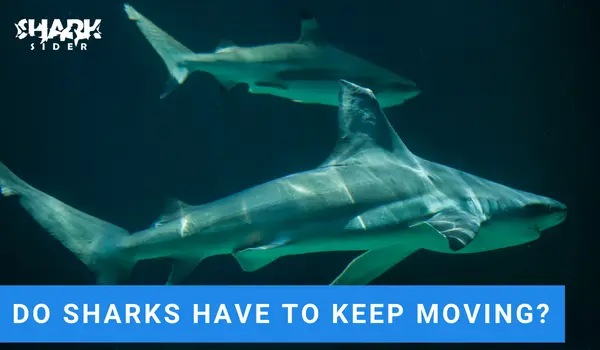Do you ever wonder what it’s like for a shark to spend its time in the ocean? Sharks are some of the most fascinating creatures on Earth, and one question people often have is whether or not they need to keep moving all the time. Today we’re going to look at why this misconception exists, how sharks really move through their environment and learn more about these incredible animals. So fasten your fins – we’re diving deep into the science behind shark behavior!
Do sharks have to keep moving to stay alive?
Sharks are usually in constant motion, but it’s not because they need to be. Sharks move to find food, explore their environment, and even communicate with other sharks. Most species of shark use a type of locomotion called “cruising,” which involves swimming steadily and efficiently over large distances. This behavior helps them conserve energy while searching for food, mating, and exploring their environment. Cruising sharks typically swim in a straight line at an average speed of 3-4 miles per hour.
Sharks also use bursts of energy to capture prey or escape from predators. This behavior is called “burst swimming” and involves short bursts of rapid acceleration followed by long periods of rest. Burst swimming is used to quickly reach a target, such as prey or an escape route. Sharks can accelerate up to 25 miles per hour in two seconds and reach speeds of up to 40 miles per hour during these short bursts.
Why do sharks need to keep swimming?
Sharks need to stay active in order to keep their muscles and organs oxygenated. Sharks don’t have gills like other fish species, so they must move in order to force water over their gill slits and extract oxygen from the water.
Sharks are also social animals that use swimming to communicate with one another. They often swim together in groups or “schools” and use various behaviors like head shaking or fin waving as a way of interacting with each other.
So while sharks do spend much of their time swimming, it isn’t because they’re constantly on the move – it’s because they’re actively exploring, hunting, communicating, and staying alive!
How do sharks sleep if they have to keep moving?
Sharks have an interesting way of sleeping. Unlike humans, sharks cannot “turn off” their brains and drift off into a peaceful slumber; instead, they must remain semi-alert in order to continue moving and breathing. Sharks achieve this state by entering a sort of trance-like state called ‘tonic immobility.’ In this state, the shark’s body relaxes while its eyes remain open and alert. This allows it to stay active enough to keep oxygen flowing through its gills, but still able to rest and conserve energy.
What happens to sharks when they stop moving?
If a shark stops moving for too long, it can become sluggish and even unable to breathe. Sharks are air-breathing animals and must remain in constant motion in order to force water over their gill slits and extract oxygen from the water. If they stop swimming, they can quickly become exhausted, lose consciousness, and potentially drown.
What shark can stay still?

The Nurse Shark is an exception to the rule and can stay still for long periods of time. This shark has a specialized anatomy that allows it to extract oxygen from the water without needing to move. The Nurse Shark’s unique morphology includes two spiracles on its head which take in water and pump it over its gills, allowing this species to remain still for periods of time.
Conclusion
So there you have it – sharks don’t have to keep moving all the time in order to survive, but they do need to stay active and explore their environment in order to find food, communicate with one another, and even rest! By understanding more about these fascinating creatures, we can better appreciate the unique ways that sharks interact and live in our oceans.
So next time you’re in the ocean, remember that sharks need to keep swimming in order to survive! They may look fierce and powerful, but these animals are also incredibly vulnerable – and it all starts with movement.

